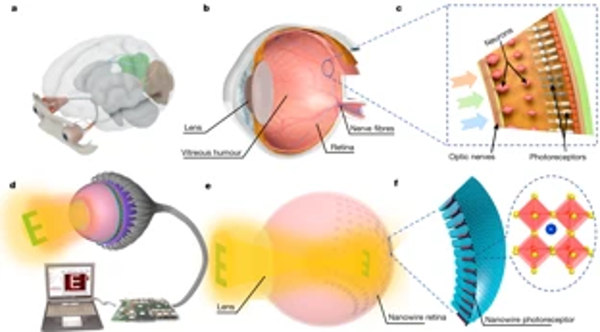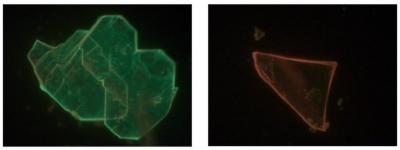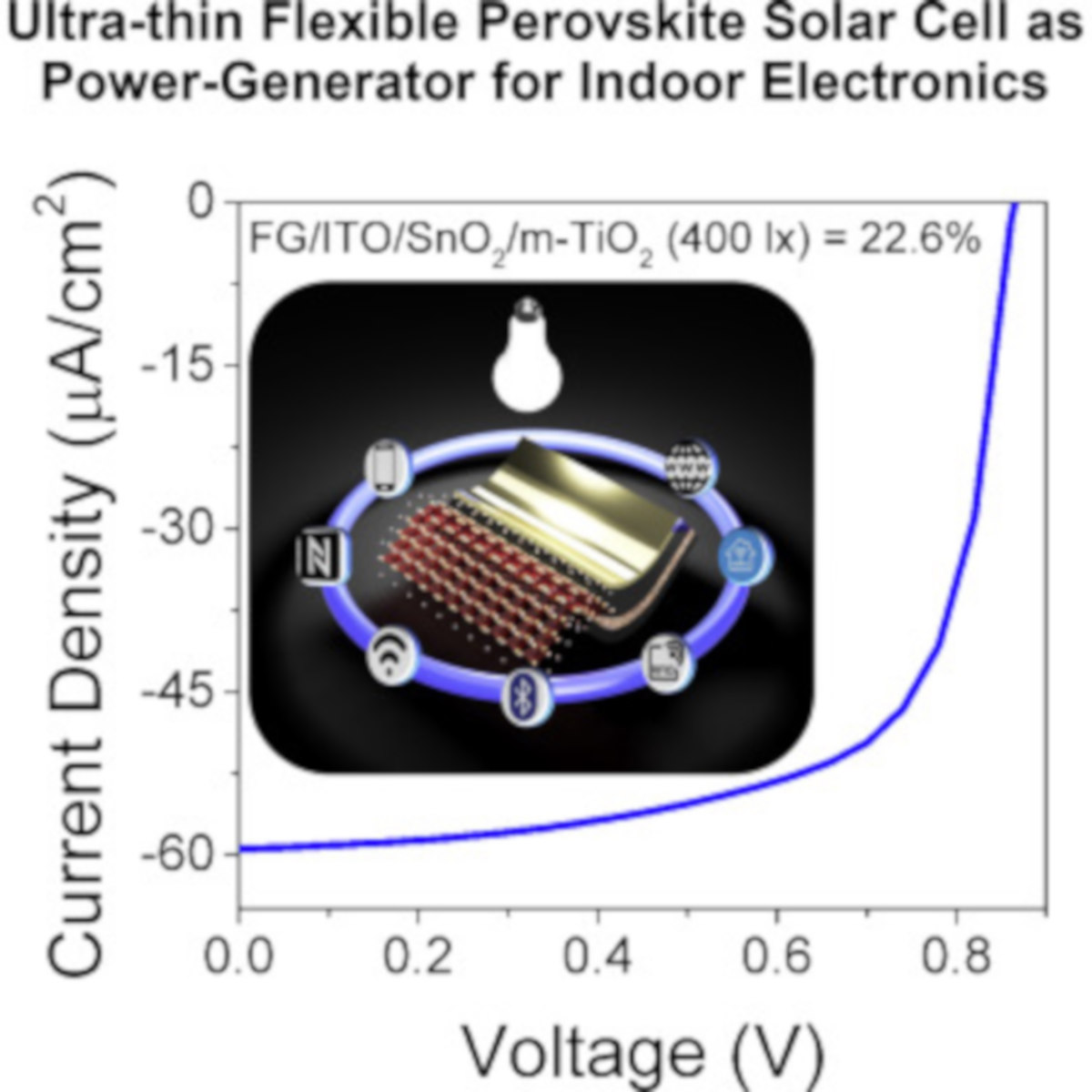Researchers develop halide double perovskite ferroelectrics
A research group led by Prof. Luo Junhua from Fujian Institute of Research on the Structure of Matter (FJIRSM) of the Chinese Academy of Sciences reported the first halide double perovskite ferroelectric, (n-propylammonium)2CsAgBiBr7, which exhibits distinct ferroelectricity with a notable saturation polarization of about 1.5 μCcm-2.
Halide double perovskites have been found to be a promising environmentally friendly optoelectronic and photovoltaic material, exhibiting inherent thermodynamic stability, high defect tolerance and appropriate band gaps. However, no ferroelectric material based on halide double perovskites has been discovered until now.




